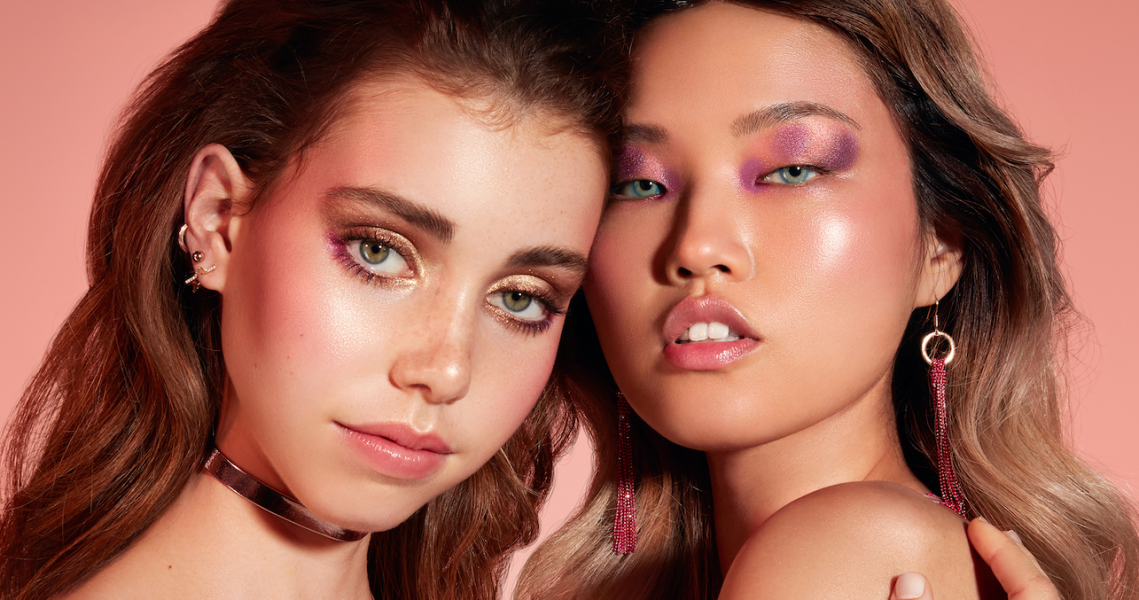Johnson & Johnson is making moves to increase innovation in its consumer products division, primarily in beauty.
On Jan. 24, the personal care giant led a $35 million Series D funding round via its investment arm Johnson & Johnson Innovation (JJDC, Inc.) in K-beauty upstart Memebox, which is home to its private-label brands Kaja Beauty, I Dew Care, Nooni and Pony Effect. The investment brings 7-year-old Memebox’s total funding to $190 million.
“It’s meaningful that J&J is making this strategic investment,” said Memebox CEO Dino Ha. “It will allow both of our companies to look at synergies and ways we can better improve the reach of our businesses, especially when it comes to K-beauty.”
This marks JJDC’s first investment in a beauty company. (Its past 11 investments have been to fuel its growth in the pharmaceutical and medical devices divisions.) According to Johnson & Johnson’s fourth-quarter results on Jan. 22, consumer products is still the company’s smallest segment at $3.5 billion in sales globally (it experienced a less than 1 percent increase year-over-year in 2018), versus its pharmaceutical sector at nearly $10.2 billion and its medical devices division at $6.7 billion. Still, Johnson & Johnson has been trying to experiment with more in-house innovation in consumer goods: It recently retooled skin-care brand Aveeno to tap hair care following the $3.3 billion acquisition of Vogue International, and it created its first incubated beauty brand, C&C by Clean & Clear, aimed at millennials in July 2018.
Memebox, for its part, is known for bringing K-Beauty to the U.S., along with Peach & Lily, Soko Glam and Glow Recipe, and it has has surpassed competitors via speed and product innovation. In September 2018, it debuted the first K-beauty-inspired color cosmetics line, Kaja Beauty, with 47 stock-keeping units of lip products, blushes, highlighters, concealers, eye shadows and brow gels. (The line was developed and launched in five months.) It added another 50 products to the line this month. Kaja, which is exclusively sold at Sephora, has experienced triple the sales of other color cosmetics brands sold by the retailer, according to Memebox. Currently, the line is in 58 Sephora doors, and it plans to roll out to several hundred more throughout 2019.
Memebox’s highest penetration is in the U.S. and Korea, and Ha expects J&J’s global positioning to increase the startup’s business in other regions, like Europe. “We have room to grow. Even as K-beauty is now more of a fully established category, in some places, it is still considered a trend,” he said. However, Ha affirms that while Johnson & Johnson’s brands are typically sold in mass locations like Target, Walmart and Amazon.com, Memebox’s brands will stick to speciality channels, like Sephora and Ulta Beauty, where I Dew Care is now sold. Ha said I Dew Care has experienced 33 percent quarter-over quarter growth in the last year. “We’re good at bringing our innovation to younger consumers, and they are shopping online and at Sephora and Ulta, so our channel strategy won’t change,” he explain.
As for what Memebox can do for Johnson & Johnson, upping its online prowess is top of mind. “Sebastien [Guillon, global president of beauty at Johnson & Johnson] is happy with their current portfolio, but he wants to move quickly to digital, and K-Beauty is so naturally aligned with that. They want to do leverage their heritage, but evolve,” said Ha.
Memebox is already evolving itself in that arena, as well. Earlier this month, it unveiled its first editorial content collaboration with K-pop girl band (G)I-DLE via a six-part reality TV series. The first episode, which launched on YouTube on Jan. 22, saw over 62,000 views in one day. “Many more of these beauty series with K-pop bands are coming, as K-beauty and K-pop are so intertwined. We want to expand our fun point of view in makeup and skin care to content and education,” said Ha.




